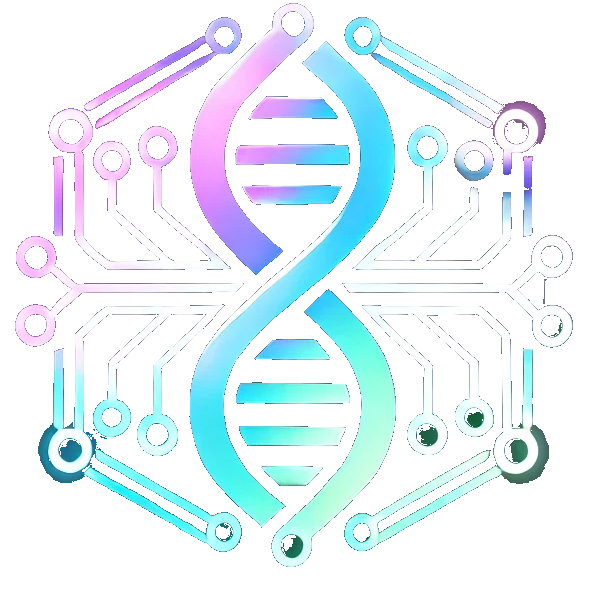Biohacking Market Outlook 2025–2034: From $24.5B to $111.3B as Personalized Health Tech Redefines Preventive Care
Published: May 16, 2025 | Source: Research and Markets
The global biohacking market is entering a phase of exponential growth, projected to surge from USD 24.5 billion in 2024 to an estimated USD 111.3 billion by 2034, reflecting a compound annual growth rate (CAGR) of 16.5%. This momentum reflects a powerful global shift toward preventive healthcare, self-quantification, and consumer empowerment in managing health and performance.
The Rise of Personalized Health Optimization
Biohacking is increasingly embraced by a generation of consumers unwilling to wait for illness to strike. Fueled by accessible technology, real-time data, and the cultural drive toward optimization, individuals are now experimenting with everything from wearable devices and smart supplements to implants and genetic engineering—not for treatment, but for enhancement.
This transformation is especially visible in the popularity of wearable tech, which generated over $7 billion in 2024 alone, with projected CAGR of 16.8% through 2034. Devices like Oura Ring, WHOOP, Muse Headband, and smartwatches from major brands allow users to continuously monitor sleep, HRV, brain waves, glucose levels, and more—converting data into personalized insights and actionable health routines.
Preventive, Not Reactive: The Shift in Healthcare Logic
The market’s explosive growth reflects a larger systemic shift: healthcare is no longer only about treatment—it’s about prediction and prevention. Biohackers are turning to technology not to react to symptoms but to intervene early based on biometric cues. With the cost of traditional healthcare soaring and chronic diseases surging, more people are turning to continuous tracking and remote diagnostics.
Diagnosis and treatment applications accounted for $7 billion and 28.4% market share in 2024. Home-based sensors and AI-integrated health platforms are enabling users to self-monitor glucose, hormone levels, cardiovascular signals, and even cognitive metrics in real time.
North America Leading the Charge
The U.S. biohacking market alone was valued at $7.9 billion in 2023, driven by the high prevalence of lifestyle-related chronic diseases and a flourishing wellness-tech ecosystem. U.S. startups and research institutions are actively developing AI-powered platforms and consumer-grade tools for personalized medicine, neural optimization, and bio-monitoring.
Key Players Shaping the Future
The field is fast-evolving, with Neuralink, Oura Health, WHOOP, Cyborg Nest, Muse, Viome, Cronometer, OpenBCI, and Senseonics leading innovation. These companies are investing heavily in AI integration, biosensing hardware, cloud analytics, and regenerative technologies. Collaboration, vertical integration, and ecosystem-based models are becoming the new competitive advantage.
Market Drivers
- Rise of Preventive Care: Increased focus on healthspan over lifespan.
- Democratization of Health Data: Wearables, CGMs, and microbiome kits now accessible to the masses.
- High Healthcare Costs: Driving self-reliance and decentralization of care.
- Aging Populations: Baby boomers and Gen X seek proactive longevity solutions.
- Wellness Economy Boom: A $4.4 trillion market encouraging consumer-driven experimentation.
Product and Application Trends
- Top-Selling Segments: Wearables, smart supplements, mobile apps, and gene-mod kits.
- Fastest Growing: Neurotech wearables, hormonal tracking tools, and AI-powered diagnostic apps.
- Implants: Devices like Circadia or Senseonics continuous glucose monitors gaining adoption.
- Supplements & Nootropics: Personalized stacks now tailored by biomarker and lifestyle data.
Future Outlook
The next decade of biohacking will be shaped by AI integration, longevity tech, and cross-disciplinary convergence—from neuroscience to synthetic biology. As DIY biology and consumer-grade biotech platforms mature, the gap between clinical science and personal experimentation is narrowing.
Still, regulatory frameworks must keep pace. Ensuring data privacy, product safety, and ethical boundaries will be critical as the biohacking ecosystem scales globally.
Biohacking is no longer fringe—it’s the foundation of a new era of healthcare: predictive, participatory, and personalized.



